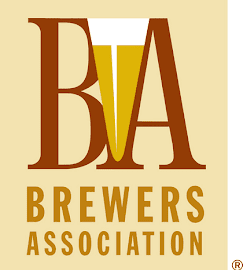We tasted each --or, in the parlance, cupped each-- without being told which was which, until we had tasted all.
It was a fascinating exercise. Even though we had appreciated coffee before then (and still do), we had been thinking of coffee as more a commodity than a craft beverage. Bernie and Debbie disabused us of that notion. We narrowed down our choices to two different coffees. Spoons blended those two into our exclusive Sisson's house blend.
We didn't become coffee-tasting experts, but we did begin to learn coffee's vocabulary.
Latin American coffees tend to be chocolaty and mild. Coffees from east Africa tend to have a wake-up-your-mouth kind of perkiness that coffee pros call brightness. Coffees from Indonesia tend to be earthy, dark, and more intense.
1. The Scent
2. The First Sip
3. Sweetness and Saltiness
4. Acidity
5. Texture
6. Fruits and Vegetables
7. Spices
8. Natural Sugar
9. The Roast
10. Espresso Notes
10 Ways to Judge Good and Bad Coffee
excerpts from Michaele Weissman:
God in a Cup: The Obsessive Quest for the Perfect Coffee
By the way, Sisson's Brewpub has since closed; its space is occupied by a sports bar. Spoons Coffehouse and Roastery, however, is alive and thriving.
***************
Caveat lector: I was, at one time, an investor in Sissons.











No comments:
Post a Comment
Comment here ...